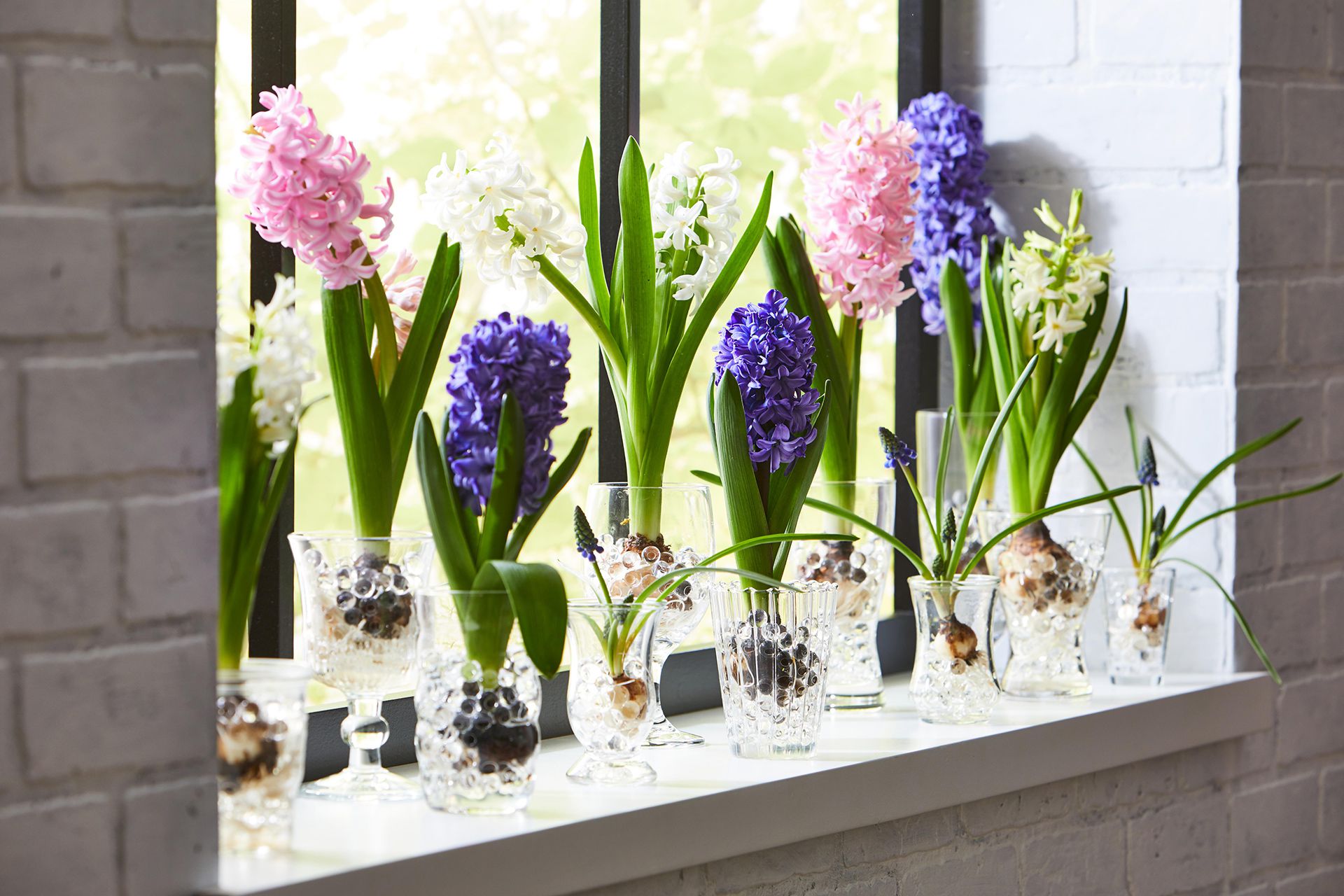

Articles
How To Store Hyacinth Bulbs After Flowering
Modified: January 8, 2024
Learn how to properly store hyacinth bulbs after they have finished flowering. Check out our helpful articles on bulb storage and care.
(Many of the links in this article redirect to a specific reviewed product. Your purchase of these products through affiliate links helps to generate commission for Storables.com, at no extra cost. Learn more)
Introduction
Hyacinth bulbs are a delightful addition to any garden. With their vibrant colors and sweet fragrance, they add beauty and charm to spring landscapes. However, once these bulbs have finished flowering, it is essential to properly store them to ensure their survival and future blooms.
Storing hyacinth bulbs after flowering is crucial for preserving their health and allowing them to rejuvenate for the next growing season. Bulbs store energy in their underground organs, which enables them to produce new leaves, stems, and flowers in the future. If hyacinth bulbs are not properly stored, they may become damaged or depleted of resources, resulting in poor growth or even death.
In this article, we will explore the importance of storing hyacinth bulbs after they have finished flowering. We will discuss the optimal timing for storing, how to prepare the bulbs, and the best storage locations. Additionally, we will delve into different methods of storing hyacinth bulbs, whether in containers or directly in the ground. Lastly, we will cover the necessary care and monitoring required during the storage period, as well as when to replant the bulbs for future growth.
By following the proper steps for storing hyacinth bulbs, you can ensure their longevity and continued beauty in your garden. With a little care and attention, you can set the stage for a breathtaking display of hyacinth blooms in the seasons to come.
Key Takeaways:
- Properly storing hyacinth bulbs after flowering is crucial for their long-term health, ensuring energy preservation, protection from extreme temperatures, and promoting bulb multiplication.
- Timing, preparation, and monitoring are key to successful hyacinth bulb storage. Choose the right storage location, whether in containers or in the ground, and ensure proper care for vibrant blooms in the future.
Why it is important to store hyacinth bulbs after flowering
After the vibrant display of hyacinth blooms has come to an end, many gardeners wonder why it is necessary to store the bulbs. The truth is, proper storage is crucial for the long-term health and success of hyacinth bulbs. Here are a few key reasons why storing these bulbs after flowering is important:
- Preserve energy: After flowering, hyacinth bulbs need a period of rest and rejuvenation. By storing them properly, you allow the bulbs to conserve energy and replenish their resources for the next growing season. This energy will be used to produce healthy leaves, stems, and vibrant flowers in the future.
- Protect from extreme temperatures: Hyacinth bulbs are sensitive to extreme temperatures, both hot and cold. Storing them in a controlled environment protects them from the potential harm caused by temperature fluctuations. This helps prevent the bulbs from drying out, freezing, or becoming damaged.
- Prevent pest infestation: Storing hyacinth bulbs allows you to monitor and protect them from pests and diseases. By keeping them in a controlled environment, you can lessen the risk of infestation and avoid the spread of diseases that could harm the bulbs.
- Promote bulb multiplication: Hyacinth bulbs have the ability to multiply and produce offsets, also known as bulblets. Storing the bulbs after flowering provides a conducive environment for this multiplication process. As the bulbs rest, new bulbs will form, increasing your bulb stock and future blooming potential.
- Ensure proper timing for replanting: By storing hyacinth bulbs after flowering, you can control the timing of when they are replanted. This allows you to choose the most suitable planting time for your specific climate and growing conditions. It ensures that the bulbs are given the best chance to thrive in their new location.
By understanding the importance of storing hyacinth bulbs after flowering, you can take the necessary steps to ensure their health and vitality. Proper storage not only benefits the bulbs themselves but also allows you to enjoy a stunning display of hyacinth blooms year after year.
When to store hyacinth bulbs
Knowing the ideal time to store hyacinth bulbs after flowering is crucial to their successful storage and future growth. The timing will vary depending on your specific climate and growing conditions, but here are some general guidelines to help you determine when to store hyacinth bulbs:
- Wait for the foliage to turn yellow: It is important to allow the foliage of the hyacinth plants to fully mature and turn yellow before considering storing the bulbs. The leaves play a vital role in providing energy to the bulbs through photosynthesis. Waiting for the foliage to naturally wither and die ensures that the bulbs have absorbed enough energy for next season’s growth.
- Avoid extreme temperatures: In general, it is best to store hyacinth bulbs after flowering once the threat of extreme temperatures has passed. If you live in an area with mild winters, late spring or early summer is often a suitable time for bulb storage. However, if you experience harsh winters with freezing temperatures, it is advisable to wait until late summer or early fall when the weather has cooled down.
- Consider local climate and frost dates: Look up the average date of the first frost in your area to determine the best time for storing hyacinth bulbs. Ideally, you want to dig up the bulbs before the ground becomes frozen, as this can make bulb extraction difficult. By researching your local climate and frost dates, you can pinpoint the optimal window for storing hyacinth bulbs.
- Observe the bulb tops: Take a close look at the tops of the hyacinth bulbs. Once the foliage has turned yellow and withered, the tops of the bulbs should be dry and papery. If they are still green or moist, it is an indication that the bulbs are not yet ready for storage. Give them more time to dry out and mature before lifting them from the ground.
Remember that these guidelines are general recommendations, and it is important to consider your specific growing conditions and the behavior of your hyacinth plants. Observe the foliage and bulb tops to determine when they are ready for storage.
By storing hyacinth bulbs at the appropriate time, you can ensure that they enter their dormant stage in the best condition possible, ready to be stored and nourished for the next growing season.
Preparing the bulbs for storage
Properly preparing hyacinth bulbs for storage is essential to ensure their longevity and successful re-emergence in the next growing season. Here are the crucial steps to follow when preparing the bulbs for storage:
- Trim the foliage: After the foliage has turned yellow and withered, gently remove the leaves from the bulbs. Use clean and sharp garden shears to trim the foliage, cutting it down to about an inch above the bulb. Removing the foliage helps prevent the introduction of pests or diseases into the storage area and ensures that the bulbs direct their energy into the dormant stage.
- Clean the bulbs: Before storing, clean the bulbs by gently brushing off any loose soil or debris. It is essential to handle the bulbs carefully to avoid damaging the outer layers. Do not wash the bulbs as excess moisture can lead to rotting or fungal growth. Allow the bulbs to air dry for a few hours before proceeding to the next step.
- Inspect for damage or disease: Take the time to inspect each bulb for any signs of damage or disease. Discard any bulbs that appear soft, mushy, or show signs of rot. Also, remove any offsets or bulblets that have formed on the main bulb, as they may not be mature enough to survive and grow independently. Only select healthy and intact bulbs for storage.
- Cure the bulbs: Curing hyacinth bulbs involves allowing them to dry further to create an outer protective layer. Place the cleaned and inspected bulbs in a well-ventilated area, away from direct sunlight or extreme temperatures. Let them cure for about a week or two, ensuring that they are completely dry before proceeding to the next step.
- Label the bulbs: To avoid confusion and ensure proper identification, it is wise to label each bulb. Use a permanent marker or small tags and write down the variety or color of each bulb. This step will be helpful when replanting the bulbs or sharing them with other gardeners.
Properly preparing hyacinth bulbs for storage sets the stage for healthy and successful reemergence when it comes time to replant them. By following these steps, you can ensure that the bulbs enter storage in optimal condition, ready to rest and rejuvenate for the next growing season.
Choosing the right storage location
When it comes to storing hyacinth bulbs, choosing the right storage location is crucial to their survival. The ideal storage location should provide the right conditions of temperature, humidity, and protection from pests. Here are some factors to consider when selecting a storage location for hyacinth bulbs:
- Cool temperature: Hyacinth bulbs require a cool storage location to ensure their dormancy. Ideally, the temperature should be between 35°F (2°C) and 50°F (10°C). Avoid storing the bulbs in areas that experience significant temperature fluctuations or extreme heat, as this can lead to premature sprouting or damage to the bulbs.
- Darkness: Light is not suitable for storing hyacinth bulbs. Exposure to light can stimulate sprouting and disrupt the dormancy period. Choose a storage location that is dark or use opaque containers to keep the bulbs in complete darkness until it is time to replant them.
- Dry and well-ventilated: The storage location should be dry and have good airflow to prevent the bulbs from becoming damp or rotting. Excess moisture can lead to fungal growth and damage the bulbs. Avoid storing the bulbs in damp basements or areas prone to high humidity.
- Pest-free: It is crucial to store hyacinth bulbs in a location where they are protected from pests such as mice, squirrels, and insects. These critters may see the bulbs as a food source or cause damage to them. Consider using containers with tight-fitting lids or wire mesh to keep pests out.
- Accessibility: While it is important to keep the bulbs tucked away and protected during storage, it is also necessary to choose a location that is accessible for monitoring and care. You may need to check on the bulbs periodically, looking for any signs of sprouting, rot, or pest activity. Make sure you can easily access the storage area when needed.
Consider these factors when choosing a storage location for hyacinth bulbs. If you are storing the bulbs in containers, ensure that the containers are clean and in good condition. If storing in the ground, select a spot where the bulbs will be undisturbed and protected.
By selecting the right storage location, you provide hyacinth bulbs with the optimal conditions for their dormancy period. This will help preserve their energy and ensure they are ready to bloom beautifully when the time comes to replant them.
After hyacinth bulbs have finished flowering, allow the foliage to die back naturally. Once the foliage has turned yellow and withered, carefully dig up the bulbs and store them in a cool, dry place until it’s time to plant them again in the fall.
Read more: How To Store Bulbs After Flowering
Storing hyacinth bulbs in containers
Storing hyacinth bulbs in containers is a convenient and space-saving method. It allows you to control the storage conditions and easily access the bulbs when it is time for replanting. Here are the steps to follow when storing hyacinth bulbs in containers:
- Select suitable containers: Choose containers that are appropriate in size and material for storing the hyacinth bulbs. Opt for containers with drainage holes to prevent waterlogging and rot. Plastic or wooden containers are ideal, as they provide insulation and are less prone to temperature fluctuations.
- Prepare the containers: Clean the containers thoroughly with mild soap and water to remove any dirt or debris. Rinse them well and allow them to dry completely before use. This will help prevent the introduction of pests and diseases into the storage environment.
- Add a storage medium: Fill the containers with a suitable storage medium, such as vermiculite, perlite, or peat moss. These materials provide insulation and help maintain the right level of moisture without causing the bulbs to become damp or rot. Ensure the storage medium is clean, dry, and loosely packed.
- Arrange the bulbs: Place the cleaned and cured bulbs on top of the storage medium in the containers. Ensure there is enough space between each bulb to allow for air circulation and reduce the risk of rotting. Avoid overcrowding the bulbs, as this can lead to moisture build-up and increased susceptibility to diseases.
- Label the containers: Label each container with the variety or color of the bulbs. This will help you identify them easily later on and ensure proper replanting or sharing with others. Use a permanent marker or attach small labels to the containers.
- Store in a suitable location: Place the containers in a cool, dark, and well-ventilated storage area. Make sure the temperature remains within the recommended range of 35°F (2°C) to 50°F (10°C) to maintain the bulbs’ dormancy. Avoid exposure to direct sunlight, as light can stimulate early sprouting.
- Monitor and care for the bulbs: Check on the bulbs periodically during the storage period. Look for signs of sprouting, rot, or any pest activity. If you notice any issues, address them promptly. Avoid overwatering or allowing the storage medium to become too dry.
Storing hyacinth bulbs in containers provides a controlled and protected environment for their dormancy period. By following these steps, you can ensure that the bulbs remain in optimal condition and are ready for a spectacular display of blooms when the time comes to replant them.
Storing hyacinth bulbs in the ground
Another option for storing hyacinth bulbs is to keep them in the ground. This method is especially useful if you have limited container space or prefer a more natural storage approach. Here are the steps to follow when storing hyacinth bulbs in the ground:
- Choose a suitable location: Select a spot in your garden where the bulbs will be undisturbed during their storage period. Avoid areas with poor drainage or where water tends to accumulate, as this can lead to bulb rot.
- Prepare the planting holes: Dig individual planting holes for each bulb, ensuring they are deep enough to accommodate the bulbs with some space to spare. The depth should be about two or three times the height of the bulbs.
- Place the bulbs in the holes: Gently place the cleaned and cured bulbs into the prepared planting holes. Position them with the pointed end facing upwards, and space them apart to allow for proper growth and air circulation. You can store multiple bulbs together, but be sure to provide adequate space between them.
- Backfill the holes: Carefully backfill the planting holes with soil, ensuring the bulbs are covered to the appropriate depth. Lightly firm the soil around the bulbs to secure them in place. Avoid compacting the soil too much, as this can hinder drainage and promote bulb rot.
- Mark the planting locations: Use small markers or labels to mark the locations where you have stored the bulbs. This will help you identify the spots when it is time to replant or take care of them. You can use popsicle sticks, plastic markers, or any other suitable labeling method.
- Provide protection: Once the bulbs are stored in the ground, consider providing some protection to prevent damage from rodents or extreme weather conditions. You can use wire mesh or protective covers, such as hardware cloth, to discourage animals from digging up or feeding on the bulbs. If you live in a region with severe winters, adding a layer of mulch can help insulate the bulbs and minimize damage from freezing temperatures.
- Monitor and care for the bulbs: Check on the bulbs periodically during the storage period. Look for signs of sprouting, pest activity, or any issues with soil moisture. Adjust watering as needed and address any problems promptly to ensure the bulbs remain healthy during storage.
Storing hyacinth bulbs in the ground offers a natural and convenient method. By following these steps, you can ensure that the bulbs are protected and given the opportunity to rest and rejuvenate for their next blooming season.
Monitoring and caring for stored hyacinth bulbs
Proper monitoring and care are essential during the storage period to ensure the health and vitality of stored hyacinth bulbs. Here are some important steps to take when monitoring and caring for the bulbs:
- Regularly check for sprouting: Periodically inspect the stored bulbs for any signs of sprouting. If you notice early signs of growth, it may indicate that the bulbs are being stored in conditions that are too warm or receiving too much light. Move the bulbs to a cooler, darker location to slow down the sprouting process and ensure they remain dormant.
- Monitor the storage conditions: Keep an eye on the temperature and humidity levels of the storage area. Ensure that the temperature remains within the recommended range of 35°F (2°C) to 50°F (10°C). Avoid exposing the bulbs to extreme temperature fluctuations or excessive moisture, as these can lead to bulb damage or rot.
- Check for pests or diseases: Regularly inspect the bulbs for any signs of pest activity or diseases. Look for nibbled bulbs or signs of pests such as rodents, insects, or fungal growth. If you notice any issues, take appropriate measures to eliminate the pests or address the disease promptly. Consider using environmentally friendly pest control methods whenever possible.
- Ensure proper ventilation: Good airflow is crucial for stored hyacinth bulbs. Adequate ventilation helps prevent moisture build-up and reduces the risk of bulb rot. If storing the bulbs in containers, make sure the lids have small holes or leave them slightly open to allow air circulation. If storing the bulbs in the ground, ensure the soil is well-drained to avoid overly wet conditions.
- Adjust watering as needed: Check the moisture level of the storage medium (if storing in containers) or the soil (if storing in the ground). Avoid overwatering, as excessive moisture can lead to bulb rot. Similarly, ensure the storage medium or soil does not dry out completely, as this can cause dehydration and damage to the bulbs. Aim for a moist but not saturated environment.
- Periodically rotate the bulbs: If storing hyacinth bulbs in containers, consider rotating the containers every few weeks. This helps ensure even exposure to light and promotes uniform growth. Rotate the containers carefully to avoid disturbing the bulbs or damaging the storage medium.
- Labeling and organization: Maintain a well-organized system for identifying and tracking stored bulbs. Keep labels or markers in place, making it easy to recognize the varieties or colors of the bulbs. This will help ensure that they are replanted correctly or shared with other gardeners accurately.
By diligently monitoring and caring for stored hyacinth bulbs, you can catch any issues early on and take appropriate action. Remember to provide the right storage conditions, protect the bulbs from pests, and maintain proper moisture levels to ensure their long-term health and successful reemergence when it is time to replant them.
When to replant stored hyacinth bulbs
Knowing the right time to replant stored hyacinth bulbs is crucial for their successful growth and blooming. The timing will depend on your specific climate and the desired blooming period. Here are some guidelines to help you determine when to replant your stored hyacinth bulbs:
- Consider the ideal planting time: Hyacinth bulbs are typically replanted in the fall for spring blooms, as they require a period of cool temperatures to develop roots before blooming. The exact timing will depend on your climate zone. In general, aim to replant the bulbs around 6-8 weeks before the ground freezes in your region.
- Monitor the soil temperature: It is important to consider the temperature of the soil when determining when to replant hyacinth bulbs. The soil should be cool enough to promote root growth but not too cold to hinder establishment. Use a soil thermometer to monitor the soil temperature. Ideally, the soil temperature should be around 50°F (10°C).
- Observe the bulbs: Take a close look at your stored hyacinth bulbs before replanting. Check for any signs of sprouting or new growth. If you notice early shoots emerging from the bulbs, it is an indication that they are ready to be replanted. If there is no sprouting yet, but the bulbs have been stored for the recommended period, you can proceed with replanting based on the timeline outlined earlier.
- Consider local weather conditions: Pay attention to the weather forecast when planning to replant hyacinth bulbs. Avoid replanting during periods of extreme heat or heavy rainfall, as these conditions can stress the bulbs or cause damage. Aim for a period of mild weather to ensure a smooth transition for the bulbs as they establish in their new location.
- Adjust based on specific variety: Different varieties of hyacinth may have slight variations in their optimal planting time. Some varieties may require a longer period of chilling or a different planting window. Refer to the specific guidelines for the variety you are growing to ensure the best results.
By considering these factors, you can determine the appropriate time to replant your stored hyacinth bulbs. Remember to factor in your local climate, soil temperature, signs of sprouting, weather conditions, and variety-specific requirements. This will help you optimize the chances of successful growth and a vibrant display of blooms in the upcoming spring.
Read more: How To Store Hyacinth Bulbs
Conclusion
Storing hyacinth bulbs after flowering is a crucial step to ensure their long-term health and future blooms. By following the proper storage techniques, you can preserve the bulbs’ energy, protect them from extreme temperatures, and prevent pest infestation. Whether you choose to store the bulbs in containers or in the ground, the key is to create the right conditions for their dormancy period.
Timing is essential when it comes to storing hyacinth bulbs. Wait for the foliage to turn yellow and wither before digging up the bulbs. Consider your local climate and frost dates to determine the best time for storage. Trim the foliage, clean the bulbs, and inspect them for any damage or disease before preparing them for storage. Once the bulbs are ready, choose the right storage location that provides a cool, dark, dry, and well-ventilated environment.
Storing hyacinth bulbs in containers offers a convenient and controlled method, while storing them in the ground provides a more natural approach. Regardless of the storage method you choose, monitoring and caring for the bulbs are essential. Regularly check for sprouting, pests, and diseases, and ensure proper ventilation and moisture levels. Label and organize the bulbs to maintain an efficient system for replanting or sharing.
When the time comes to replant the stored hyacinth bulbs, consider the ideal planting time, monitor the soil temperature, observe the bulbs for signs of growth, and take local weather conditions into account. With careful planning and attention to detail, you can ensure a successful transition and enjoy the vibrant blooms of hyacinth in the spring.
In conclusion, storing hyacinth bulbs after flowering requires patience, proper preparation, and ongoing care. By following the guidelines provided in this article, you can guarantee the health and vitality of your hyacinth bulbs, allowing them to thrive and bring beauty to your garden for years to come.
Frequently Asked Questions about How To Store Hyacinth Bulbs After Flowering
Was this page helpful?
At Storables.com, we guarantee accurate and reliable information. Our content, validated by Expert Board Contributors, is crafted following stringent Editorial Policies. We're committed to providing you with well-researched, expert-backed insights for all your informational needs.
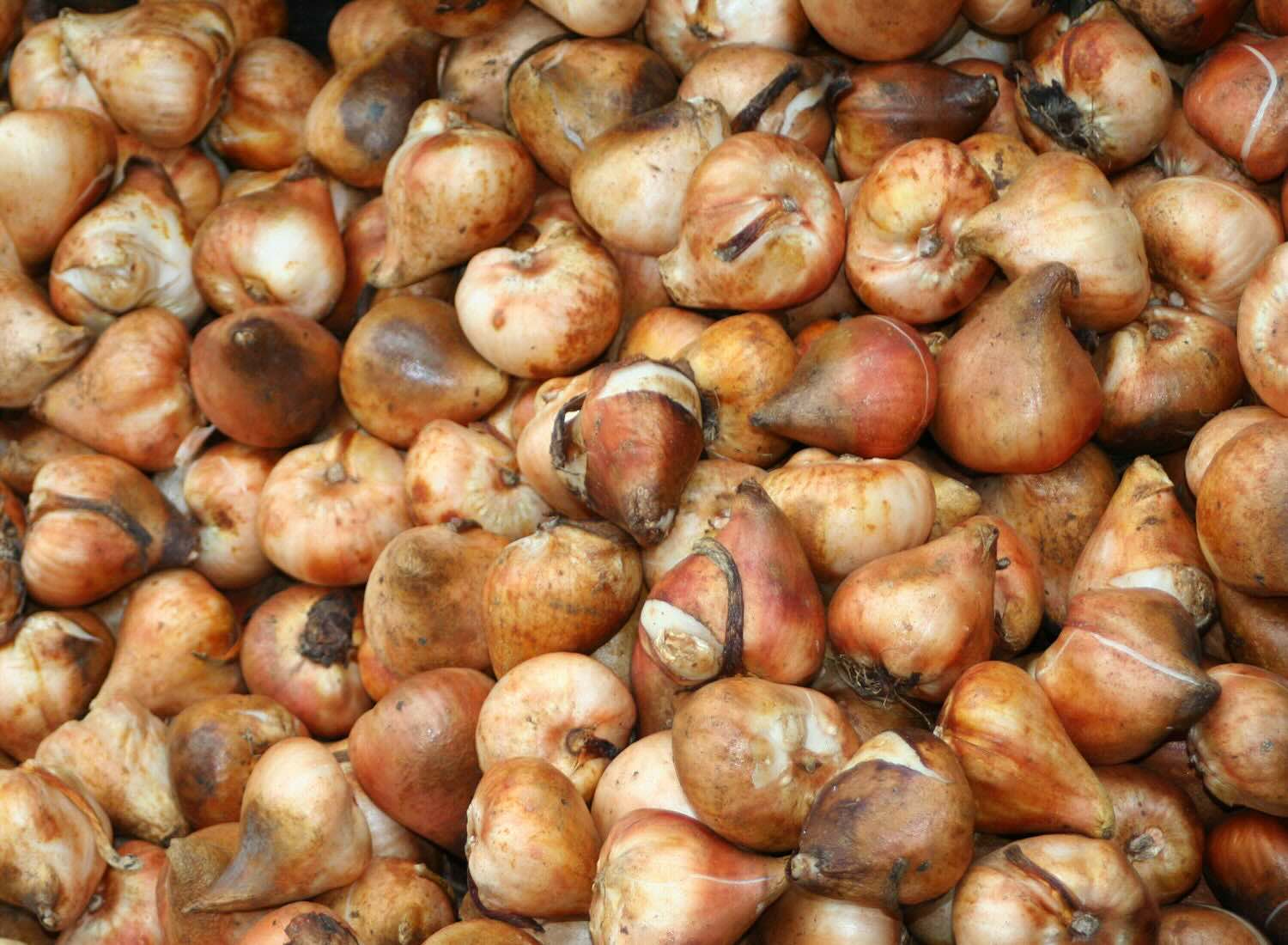
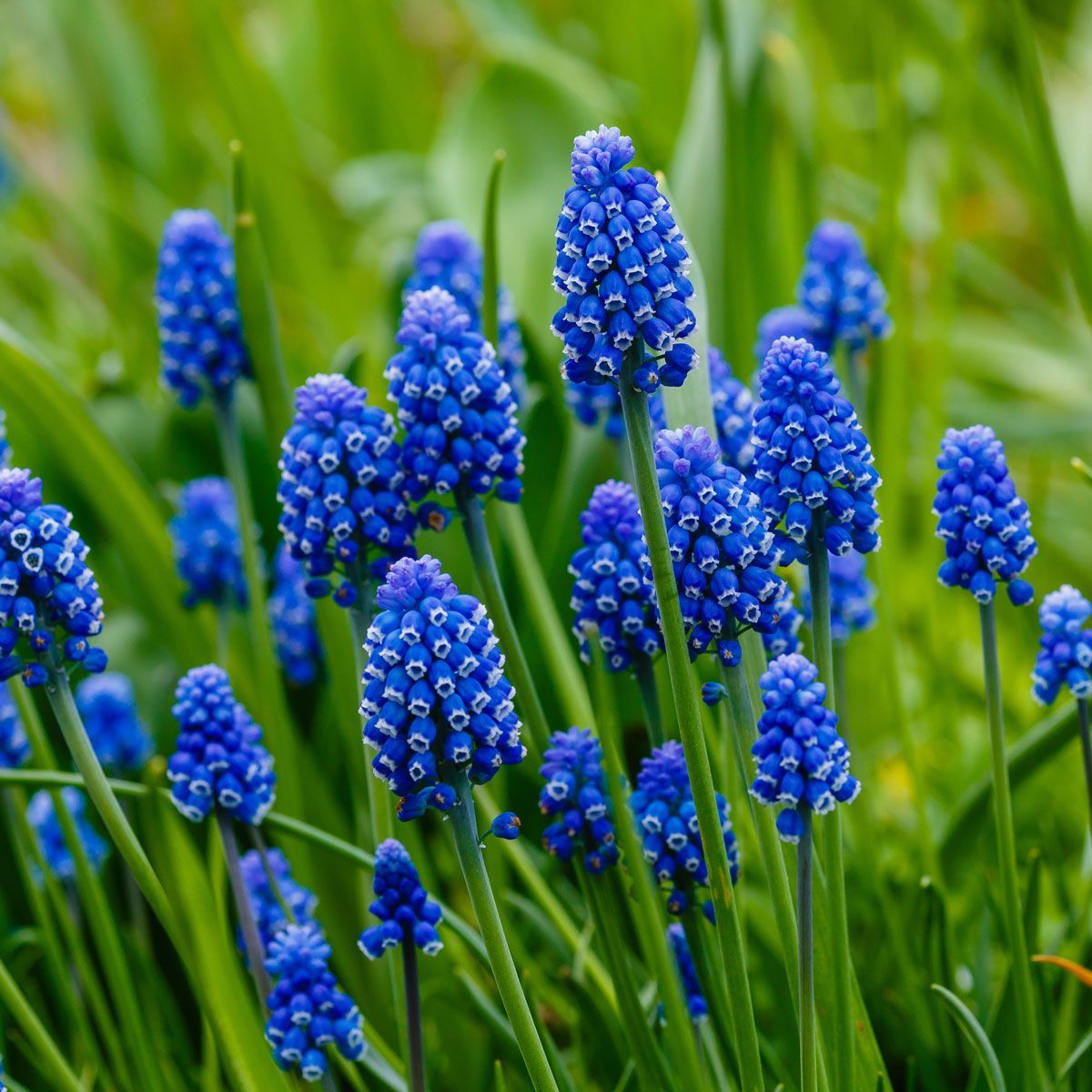
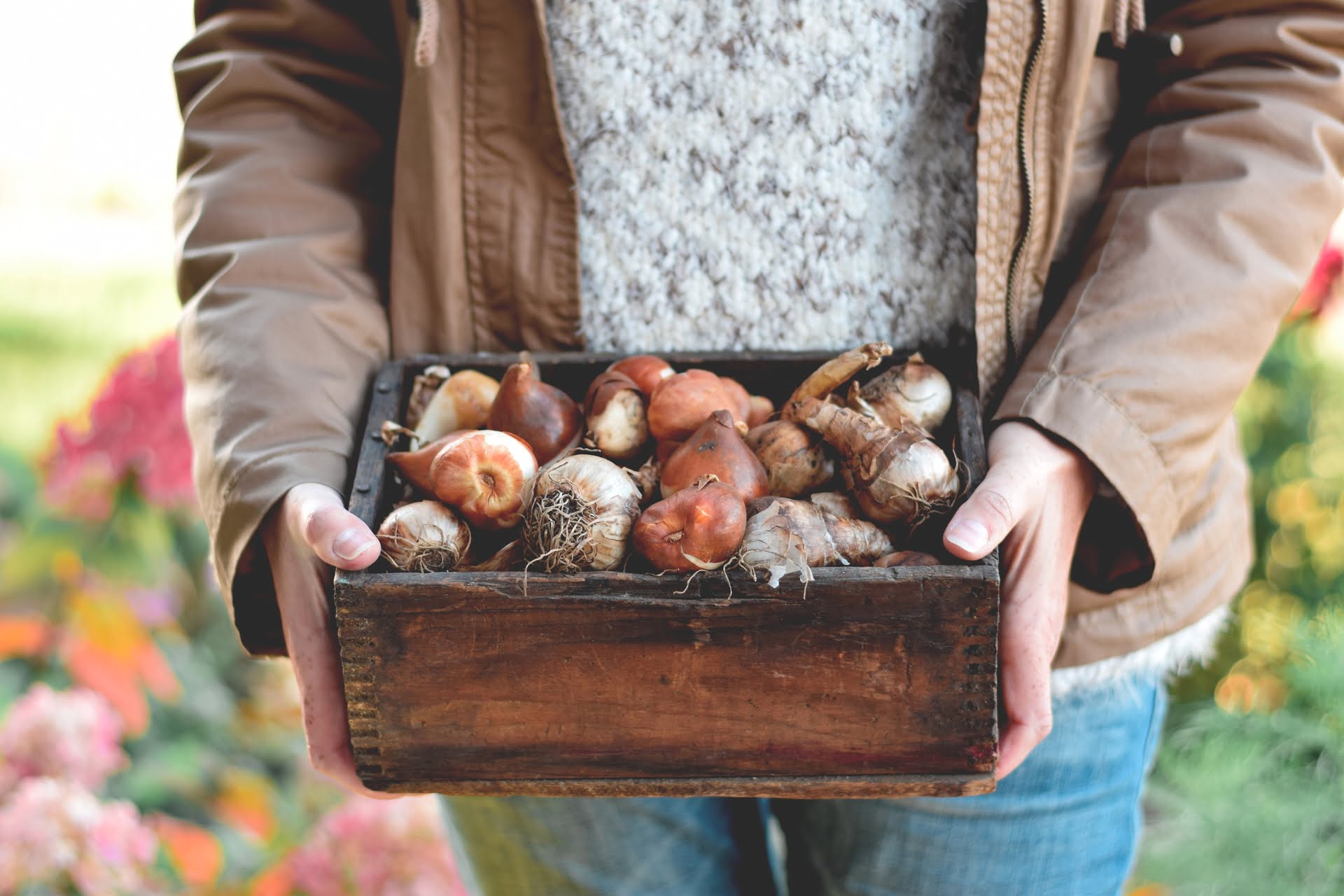
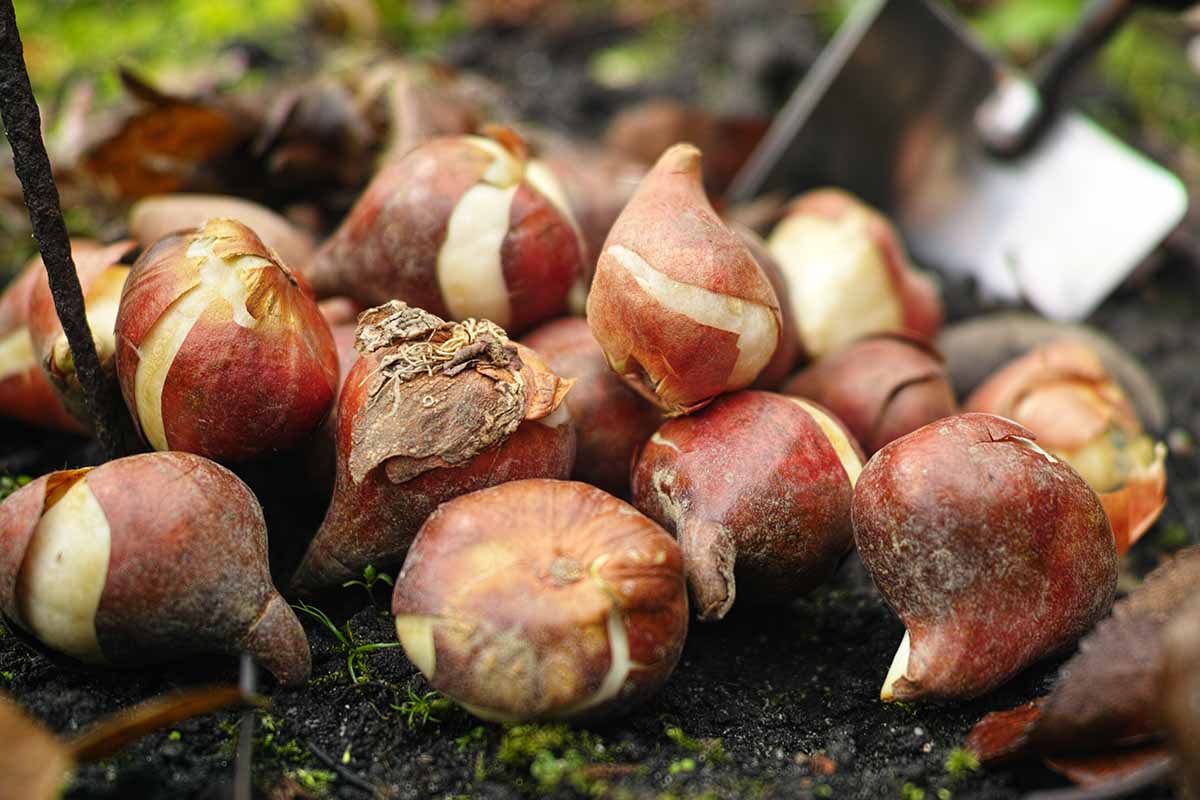
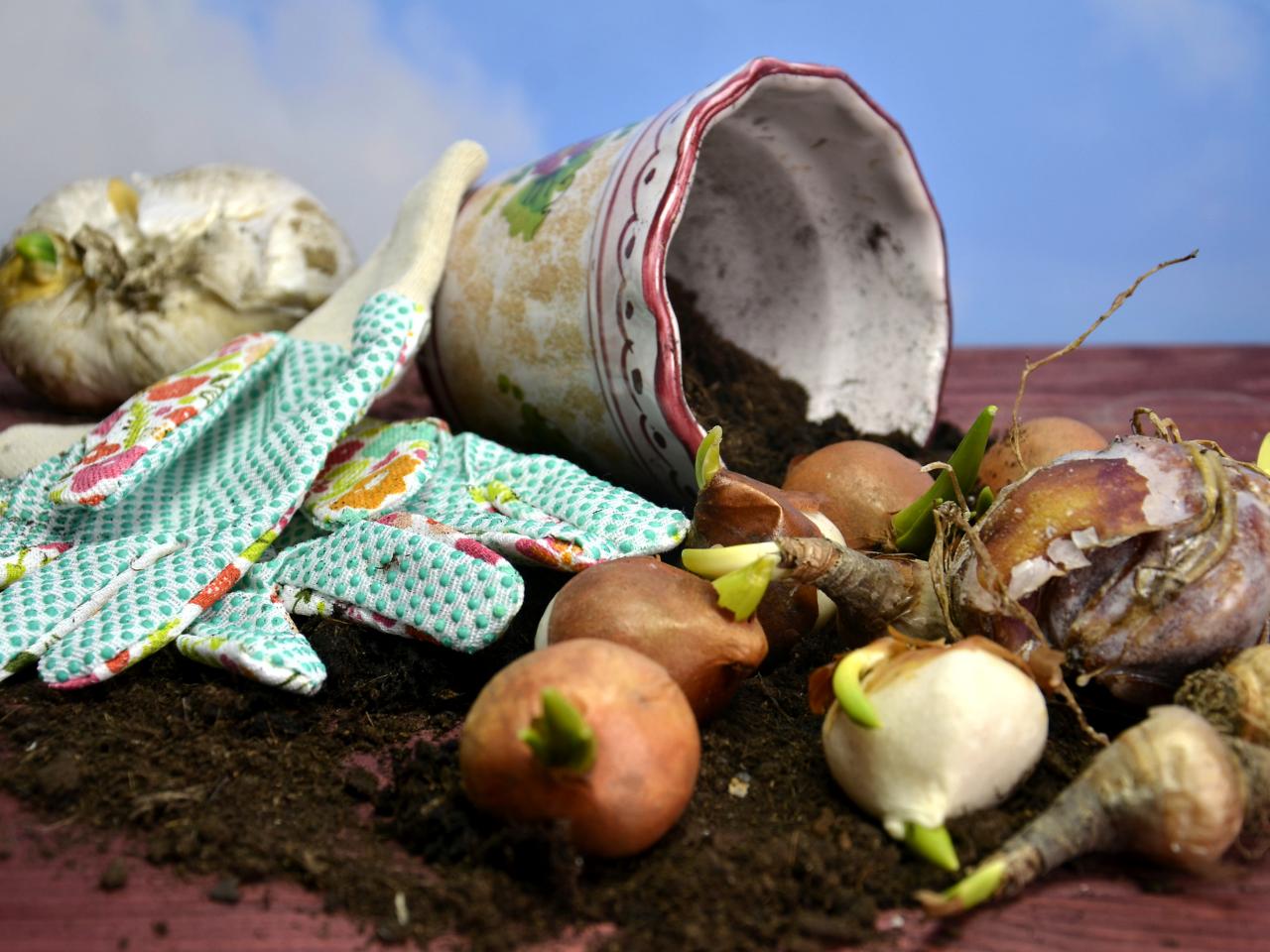
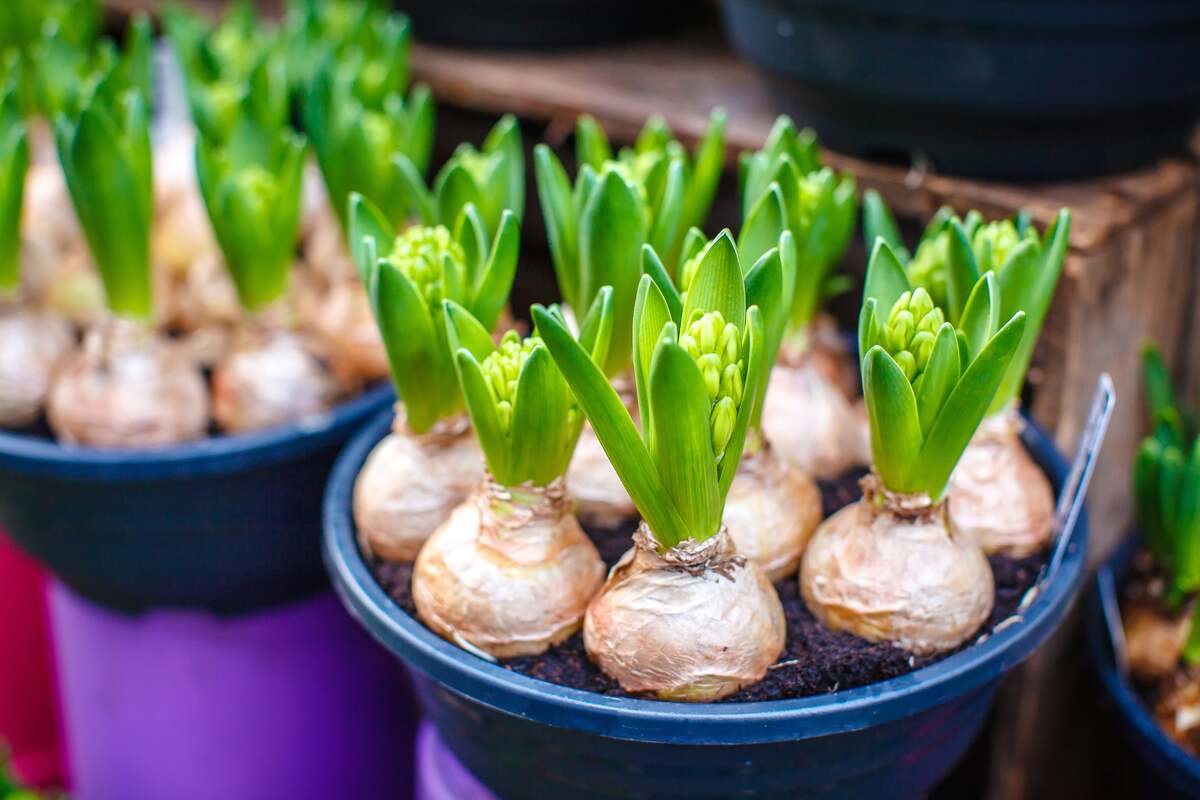
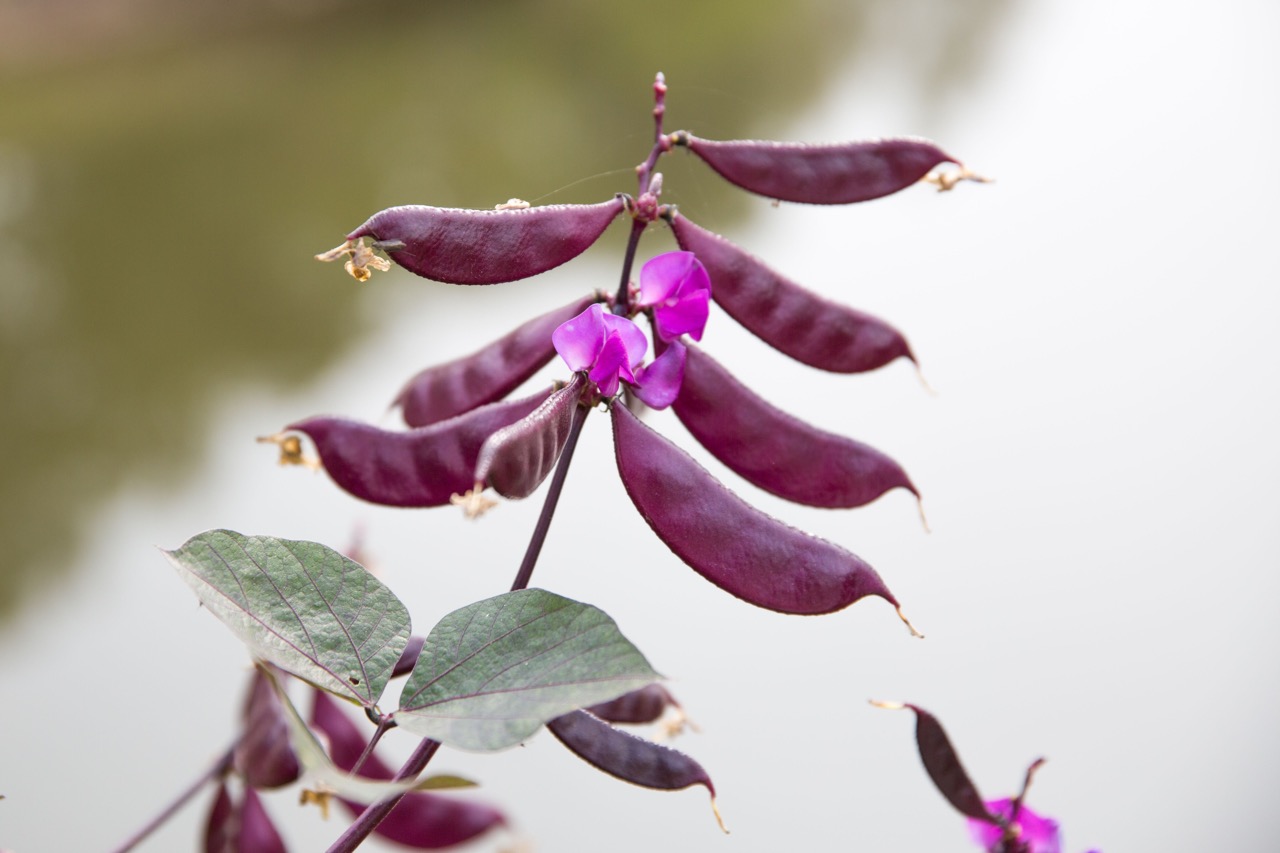
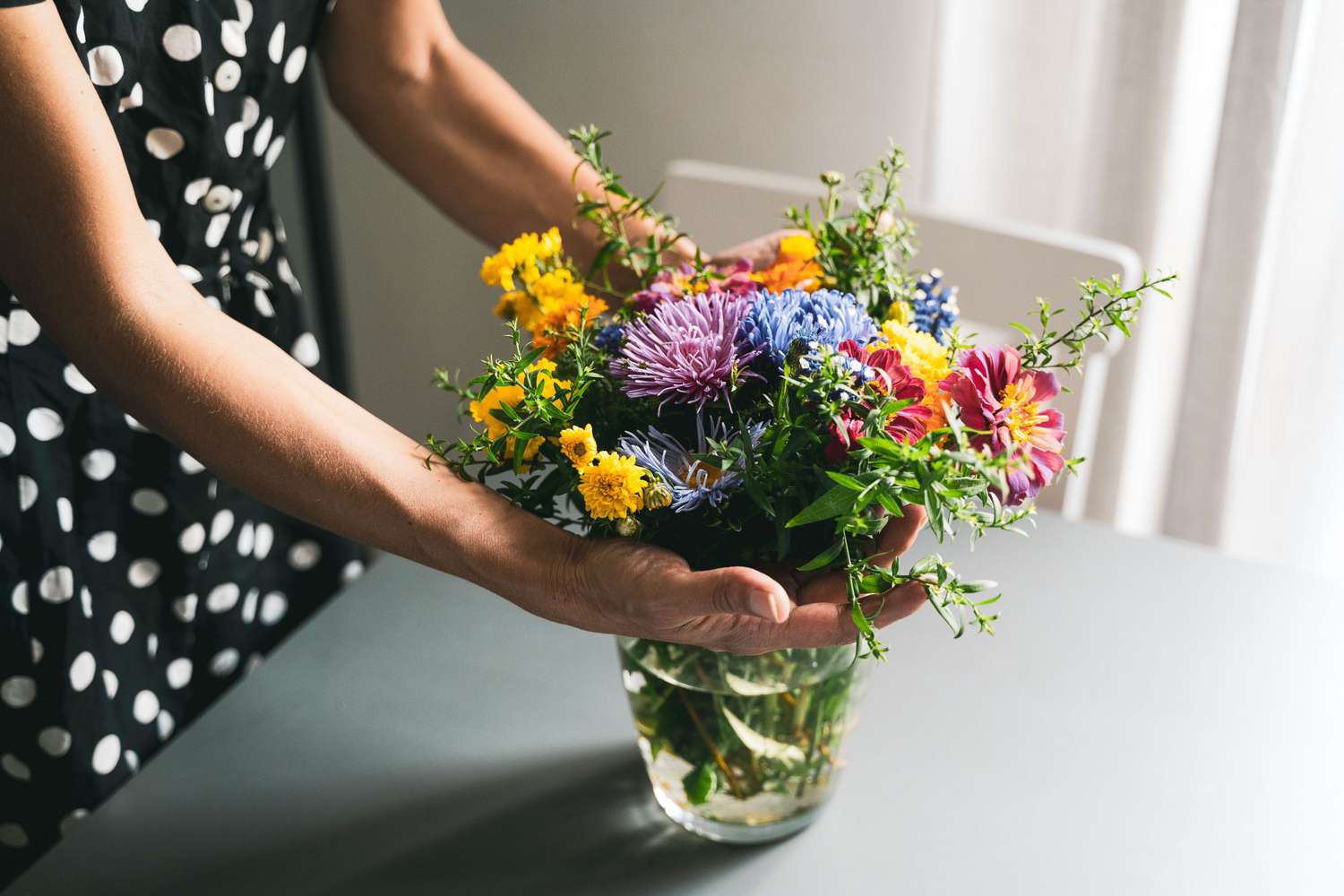
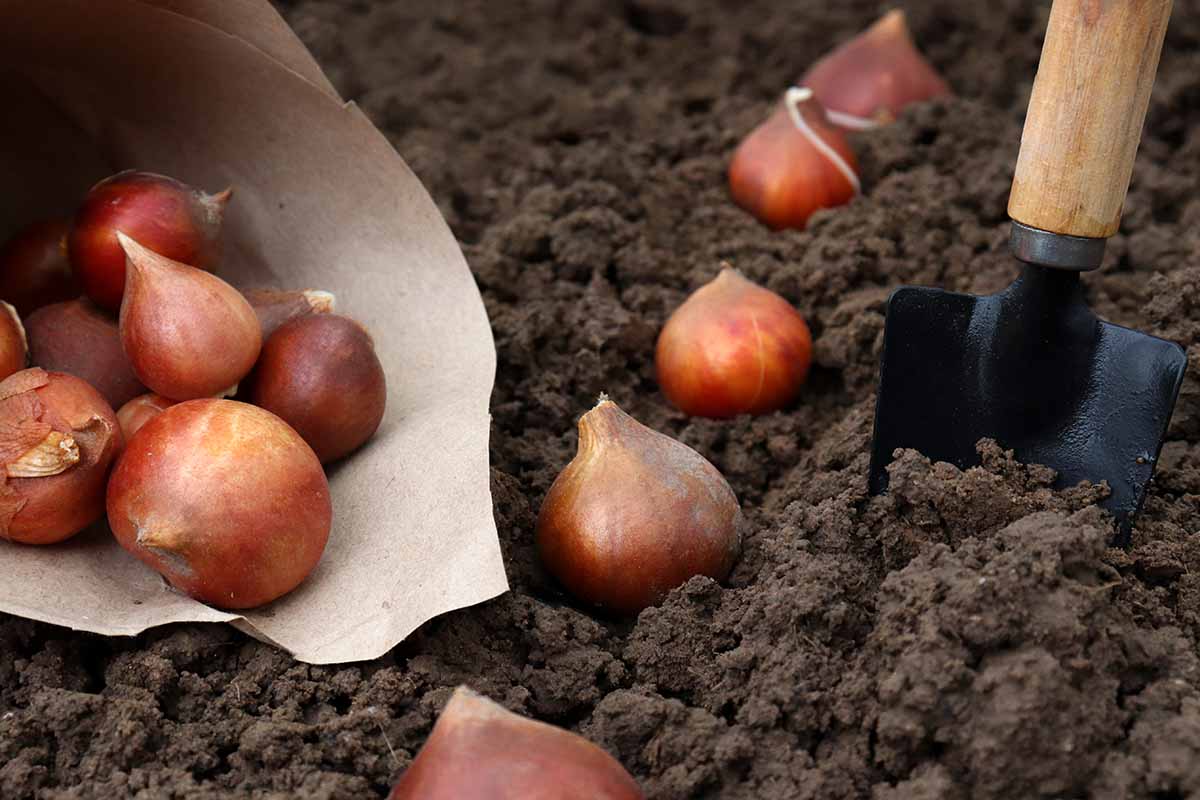
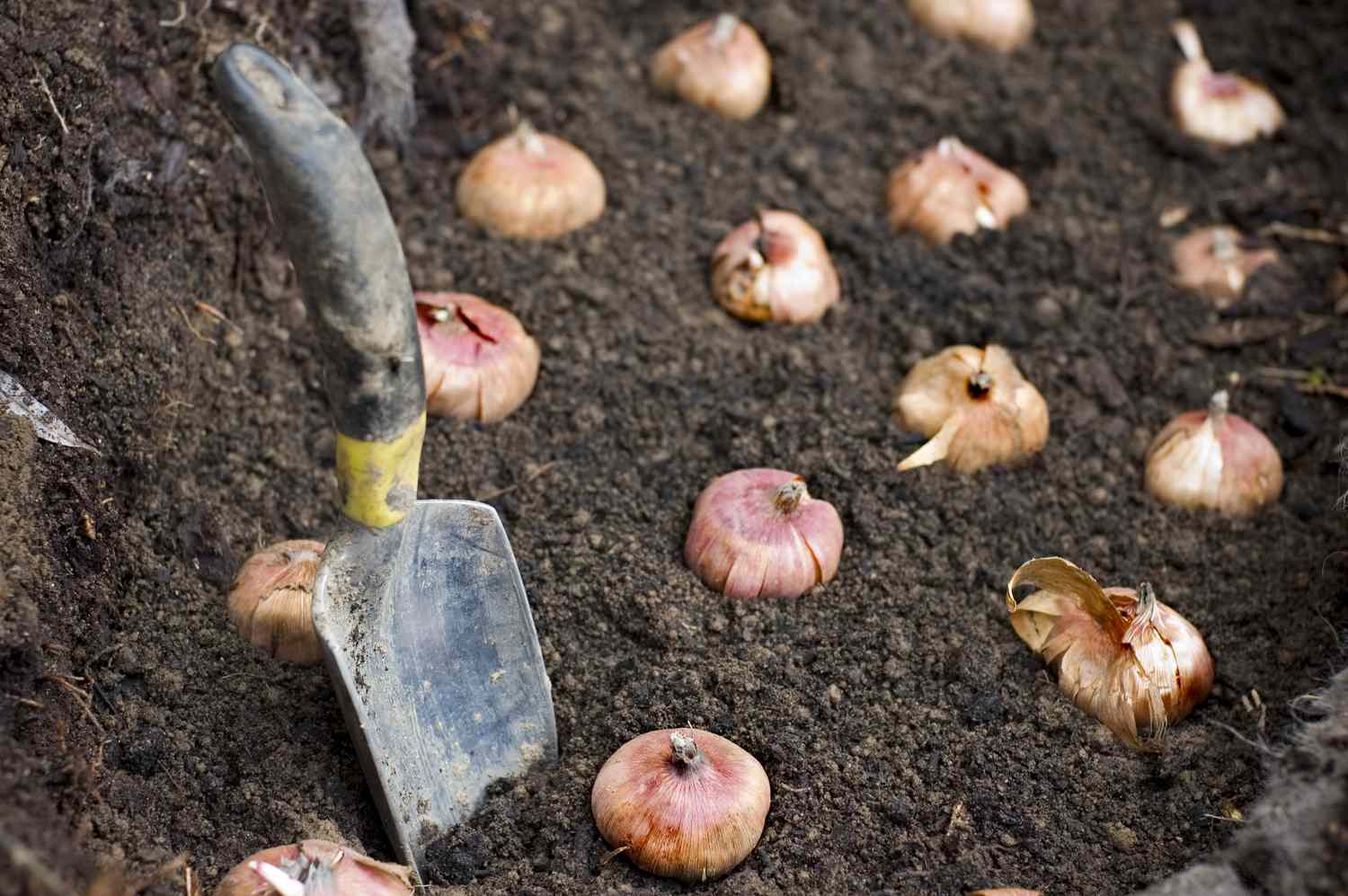
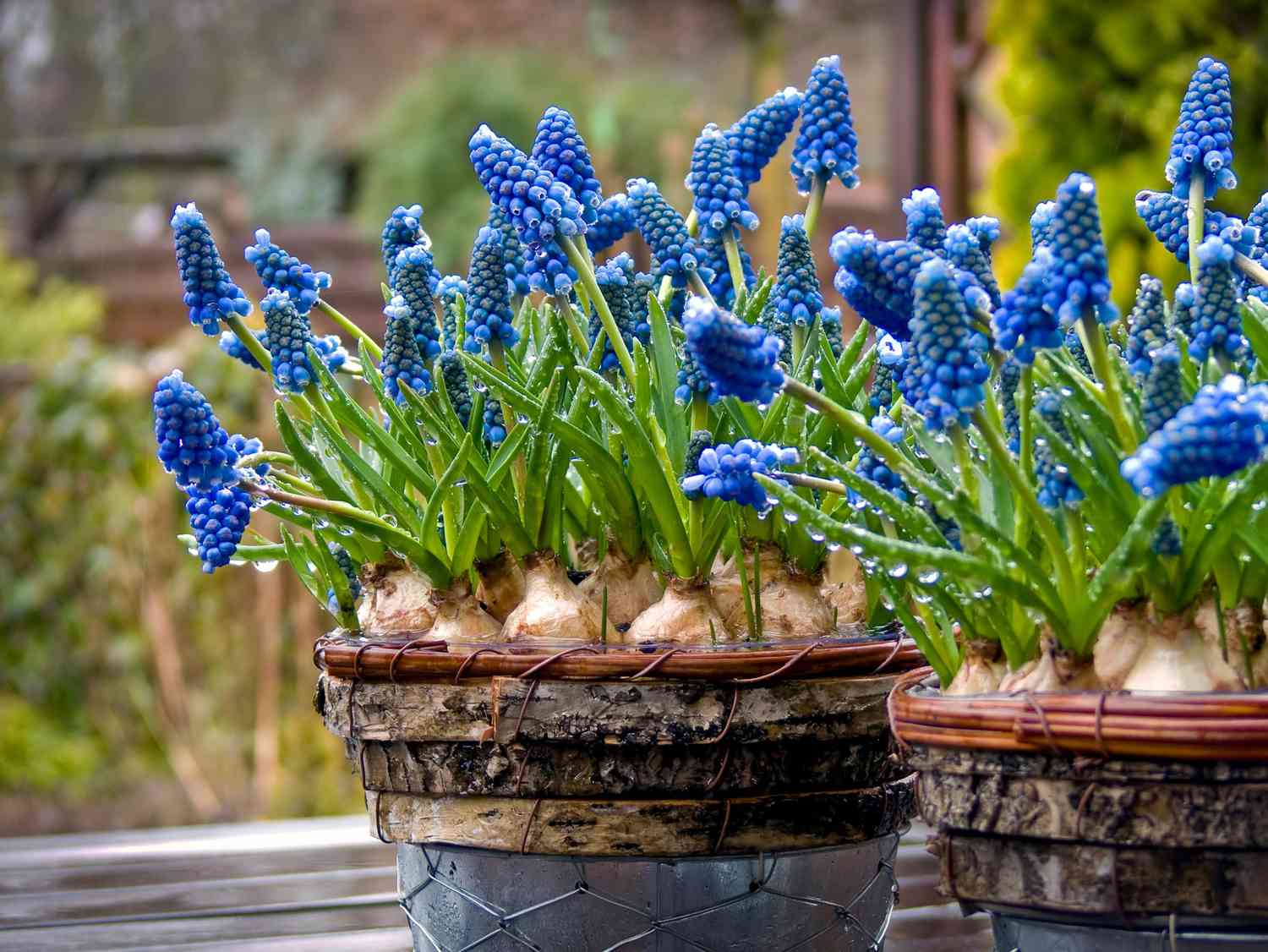
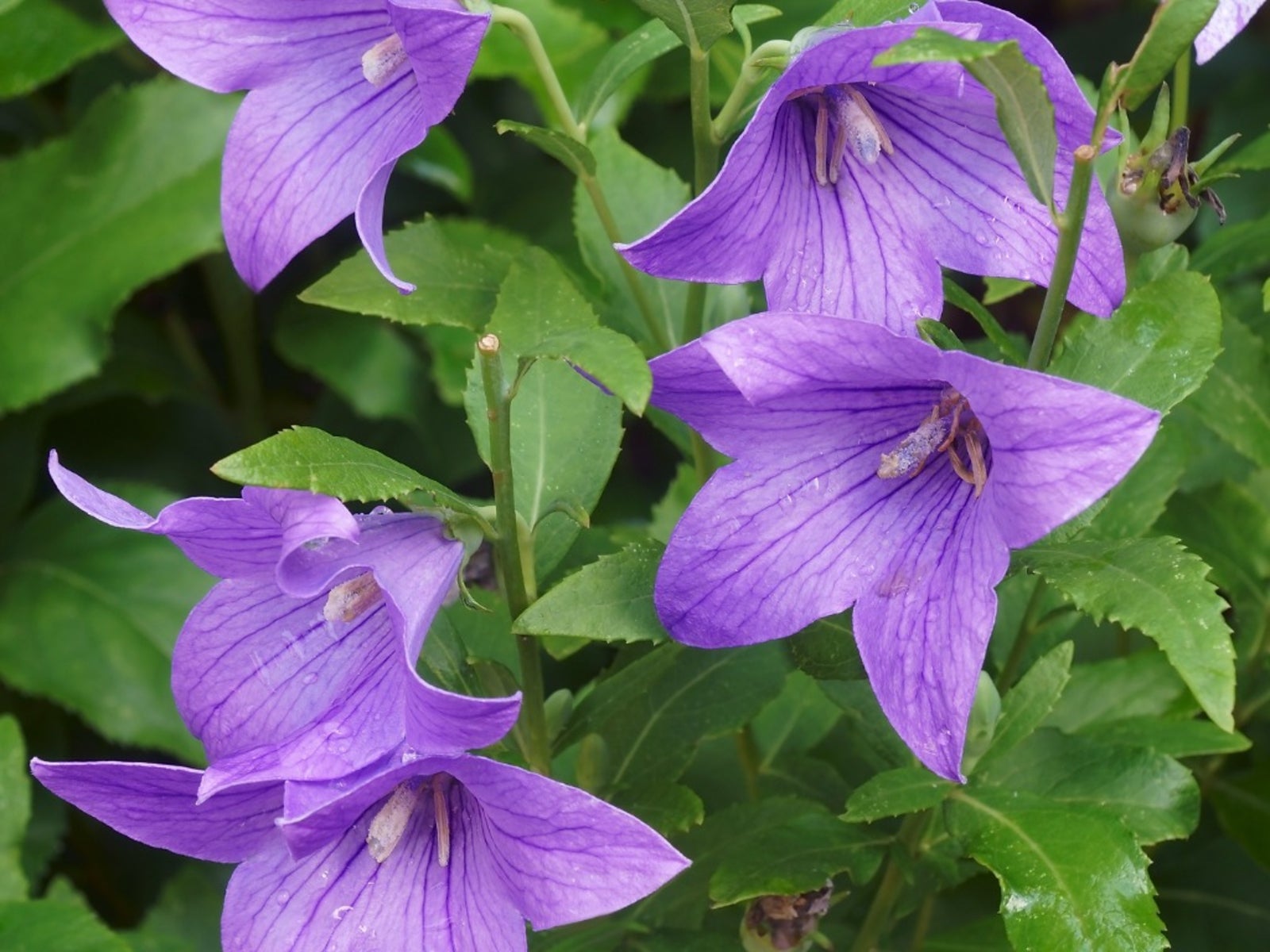
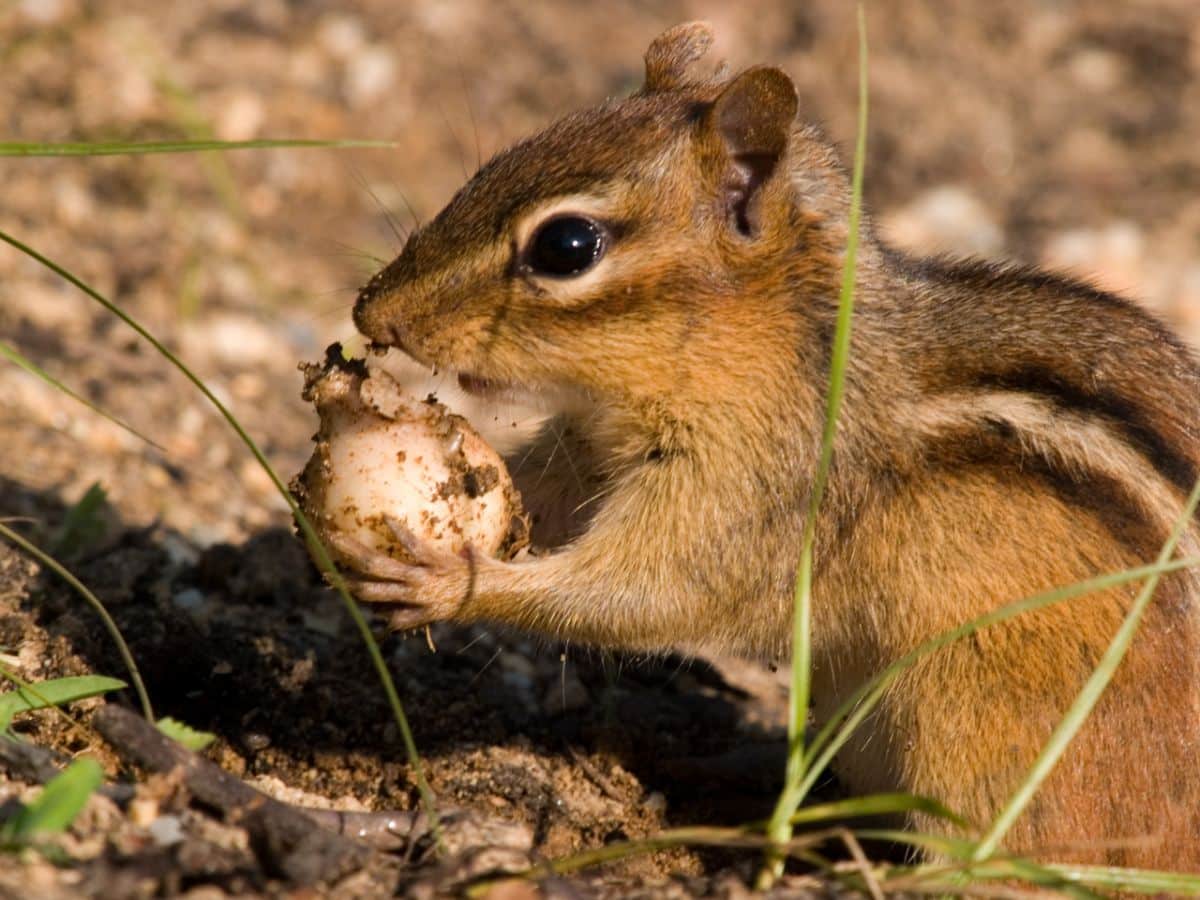

0 thoughts on “How To Store Hyacinth Bulbs After Flowering”